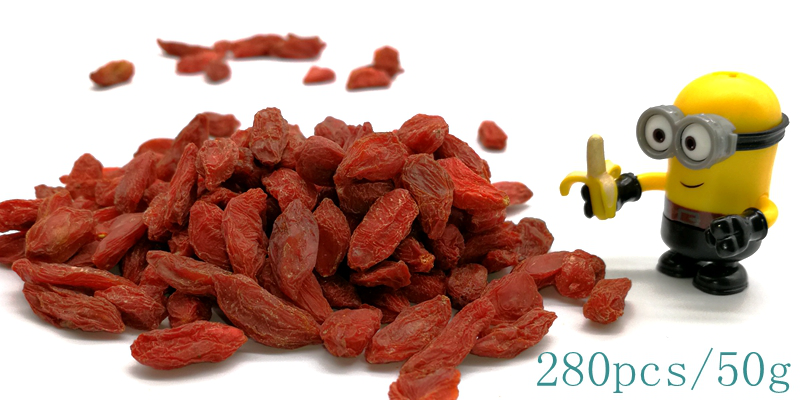Size: 280 grains/50g
The Cultivation of Organic Goji Berry
Organic goji berries are strictly produced with the operation of organic agricultural production system, organic goji berries are natural high-quality products whose pesticide residues is lower than 0.02ppm produced bytransforming the traditional goji berry farm. And they are certified by the USDA and the EU and some Chinese agencies.
The plants of goji berries should be operated organically in managing soil environment, nutrients, fields, harvest, storage and other aspects.
For the company united management on the bases, organic pesticides and fertilizers, which provide good quality of fruits, and proved by the testing authority, our products are fullly complianced with the quality requirements of international market circulation. We have obtained the United States and the EU organic food certification:
Category
SO2
Pesticide
Organic goji berry
<10ppm
No pesticide (with organic certificate)
· USDA organic Certificate No.: A2015–00494/2016-07387 Authority :Kiwa BCS
· EU organic Certificate No.: A2015-00494/2016-07386 code:CN-BIO-141 Authority :Kiwa BCS

Size 280 Organic Goji Berry,Dried Organic Goji Berry,Non Gmo Goji Berry,Dried Organic Goji Berry Fruta
NINGXIA UNION-SURE CO., LTD. , http://www.unionsuregoji.com